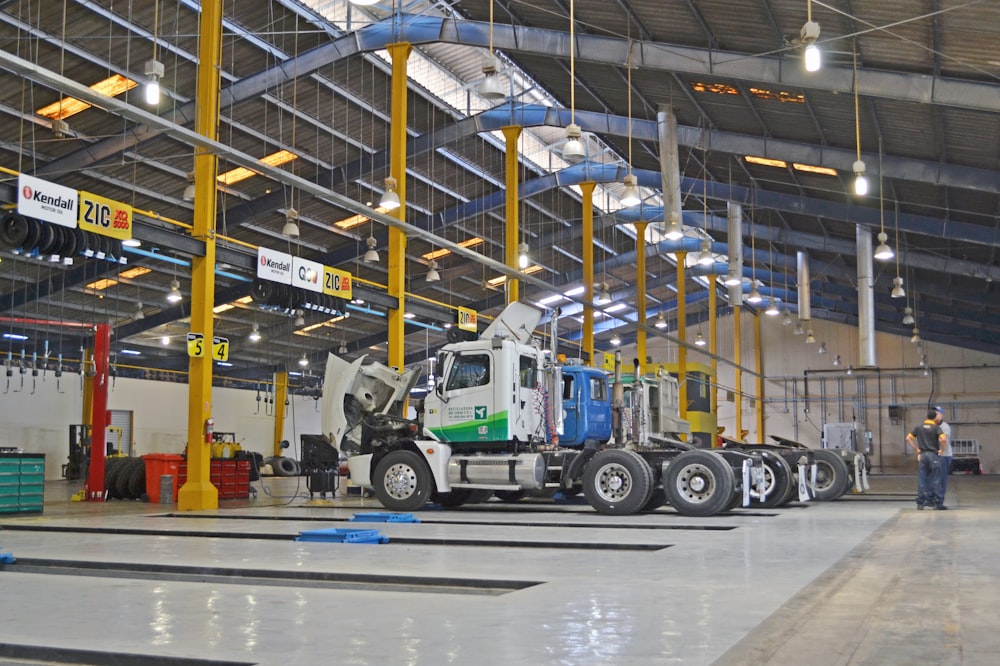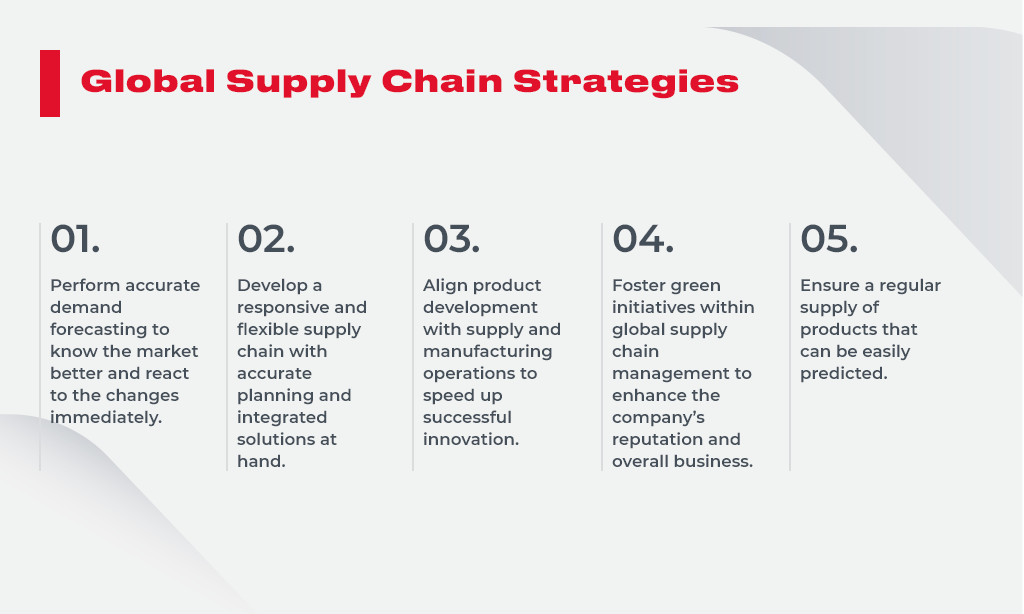
Maximizing Efficiency Streamlining Your Assembly Line Operations
Maximizing Efficiency: Streamlining Your Assembly Line Operations
In the fast-paced realm of manufacturing, an assembly line stands as the backbone of efficiency. Companies continually seek ways to enhance productivity and cut down on operational costs. In this article, we’ll delve into the various strategies and techniques that can be employed to optimize assembly line operations and elevate overall efficiency.
The Foundation: Well-Designed Assembly Line Layout
A well-thought-out assembly line layout is the cornerstone of efficient operations. A strategic arrangement of workstations, machinery, and personnel can significantly reduce bottlenecks and streamline the workflow. It’s essential to consider the flow of materials and ensure that each step complements the next seamlessly.
Harnessing Technology: Automated Systems and Robotics
The integration of automated systems and robotics is a game-changer for modern assembly lines. These technologies not only expedite processes but also minimize the margin of error. Machines can handle repetitive tasks, allowing human workers to focus on more complex and value-added aspects of production. The result is a harmonious collaboration between human expertise and machine precision.
Just-In-Time Manufacturing: Minimizing Inventory, Maximizing Efficiency
Just-In-Time (JIT) manufacturing is a philosophy that emphasizes producing goods precisely when they are needed in the production process. This approach minimizes the need for extensive warehousing and reduces the carrying costs associated with excess inventory. By adopting JIT principles, companies can achieve a leaner and more responsive assembly line.
Strategic Workforce Management: Training and Skill Development
A skilled workforce is an invaluable asset on any assembly line. Investing in employee training and skill development not only enhances individual performance but also contributes to the overall efficiency of the production process. Well-trained personnel are better equipped to handle diverse tasks, adapt to changes, and troubleshoot issues swiftly.
Real-Time Monitoring: Data-Driven Decision Making
In the age of Industry 4.0, real-time monitoring is a key component of efficient assembly line management. Implementing sensors and data analytics tools allows for the continuous monitoring of various parameters, from machine performance to production rates. This data-driven approach enables quick decision-making, proactive issue resolution, and continuous improvement.
Quality Assurance: Preventing Defects Before They Occur
Quality assurance is not just about catching defects after they occur but preventing them from happening in the first place. Implementing stringent quality control measures at each stage of the assembly process ensures that only products meeting high standards move down the line. This proactive approach saves both time and resources by reducing the need for rework and minimizing waste.
Flexibility and Adaptability: Navigating the Unpredictable
The business landscape is dynamic, and assembly lines must be adaptable to change. Whether it’s accommodating new product variants or adjusting to shifts in demand, flexibility is paramount. An agile assembly line can quickly reconfigure processes to meet evolving requirements, ensuring continued efficiency in the face of uncertainty.
Environmental Considerations: Sustainable Manufacturing Practices
Efficiency is not solely about output; it also involves minimizing environmental impact. Sustainable manufacturing practices, such as energy-efficient technologies and waste reduction initiatives, not only align with corporate responsibility but can also lead to cost















